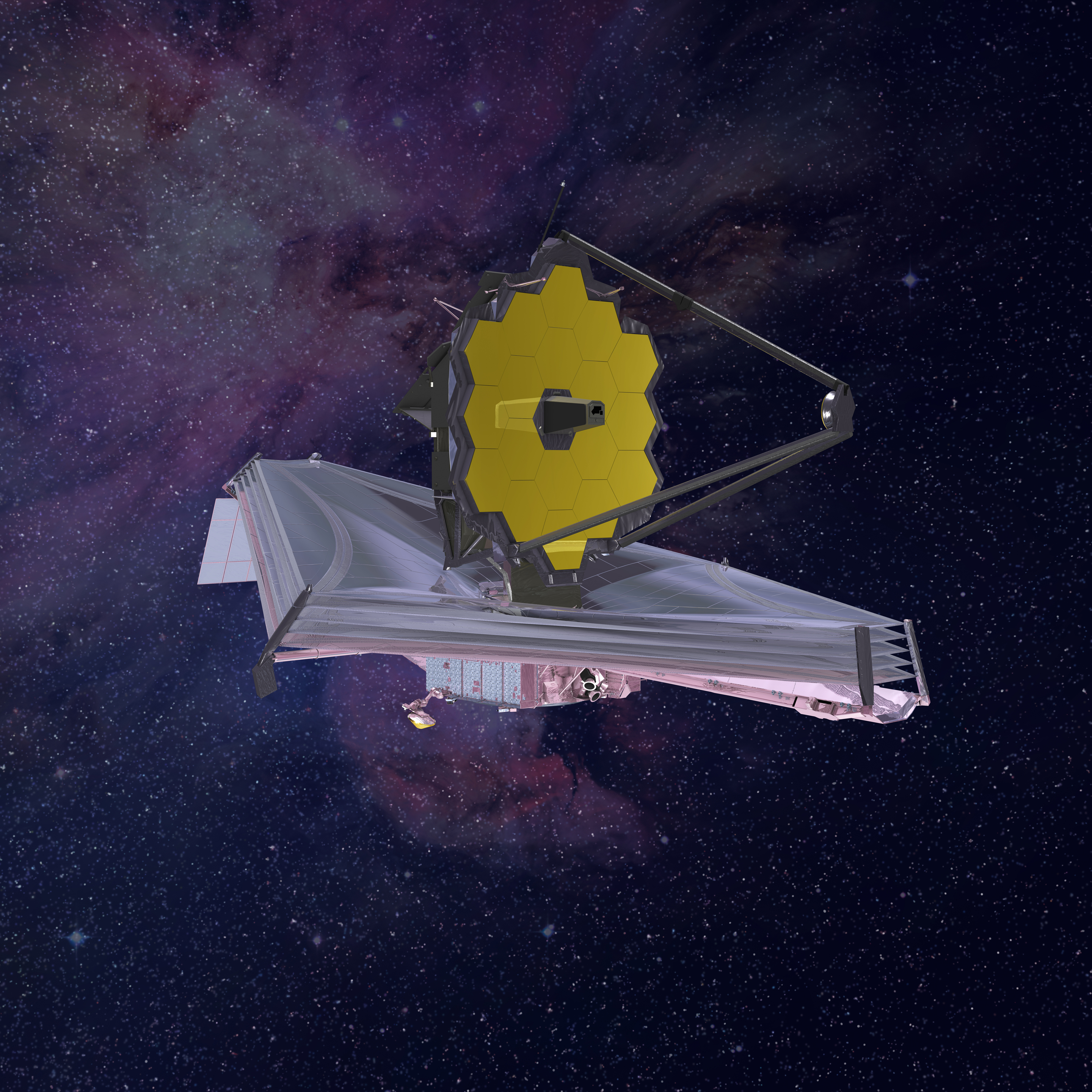Space sanctuaries

Natalie Batalha thinks there’s life on other planets and she’s made it her mission to find it. Before joining the Department of Astronomy and Astrophysics in 2018, Batalha helped lead NASA’s Kepler Mission, which surveyed a section of the Milky Way Galaxy and discovered more than 2,600 new planets. Many were dubbed “Goldilocks planets”—planets roughly the same size and temperature as Earth, making them ideal places to search for liquid water and life.
Now, Batalha wants to characterize the atmospheres of some of those planets. She believes scientists will be able to detect unique biosignatures in the atmospheres surrounding planets that host life by learning what’s typical when it comes to planetary atmospheres. “I think living worlds will stand out like a sore thumb,” Batalha said.
Batalha will collaborate with researchers from around the world to collect this atmospheric data using the James Webb Space Telescope, scheduled to launch in 2021 and orbit in space for five to ten years. In anticipation of that launch, Batalha is busy analyzing data on new planets being observed through a telescope at the Keck Observatory in Hawaii. The basic information collected there helps her choose which planets to focus on with the Webb mission.
Searching for extraterrestrial life is not only driven by pure curiosity, Batalha said, but also questions about what it takes for planets—including Earth—to sustain life. “We need to make sure our own planet continues to be a habitable sanctuary for humanity,” she said.

